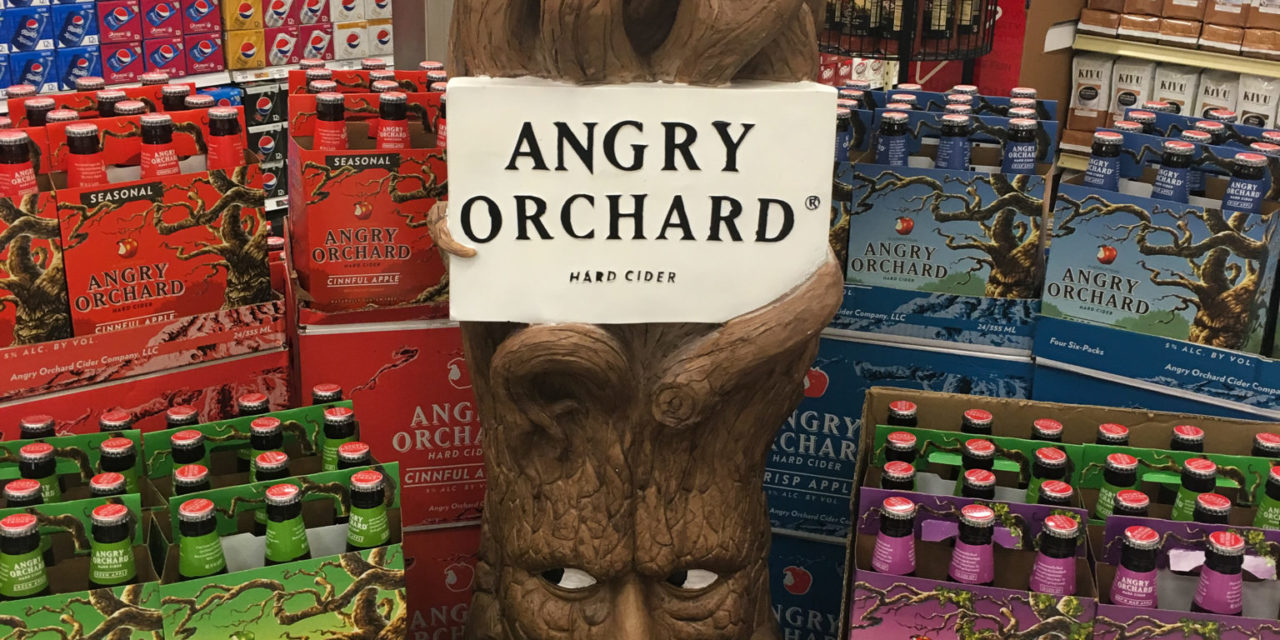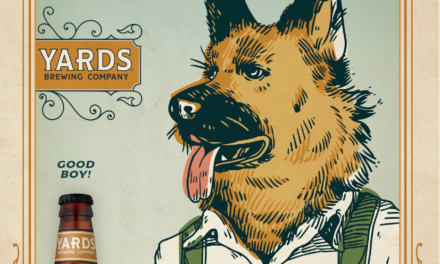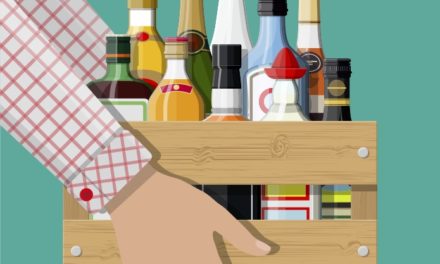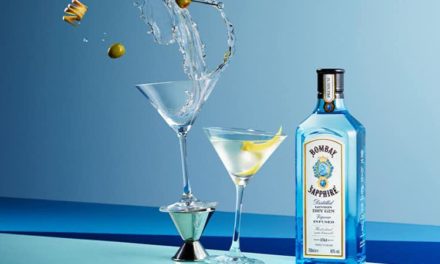As customers stock up on items for their summer barbeques, smart beverage retailers will look to make the most of the surplus foot traffic. However, getting shoppers in the store is only half the battle.
Research shows that once most shoppers enter the store, they grab a cart, take a left, take a right, and follow the store perimeter until they get to the checkout. In short, most shoppers don’t go into inner aisles unless they need something specific—and when they do, they don’t linger. However, shoppers do have to go past the ends of all those aisles, which means endcap displays are a prime spot for retailers to grab consumers’ attention.
A Rare Find
Placement on an endcap gives an item a 93 percent increase in exposure. While this makes endcaps a no-brainer for retailers to take advantage of, merchants face another challenge: scarcity. While a typical large grocery retail store may have anywhere from 60,000 to 300,000 SKUs, on average, it will have just 36 endcaps. What’s more, impulse buys constitute more than 60 percent of all grocery purchases, meaning a little holiday inspiration for an unplanned purchase can make a significant impact on sales.
With such high potential, promotional display space on endcaps is too important to leave to intuition or historical performance; it’s worth putting some organizational resources and decision science behind this choice. Applying data analytics offers significant profit opportunities and lets beverage retailers optimize endcap performance and accurately pinpoint which product will deliver the best return surrounding the holiday.
A Big Opportunity
To help answer the questions of “what,” “where,” and “when,” retailers should showcase their products on the endcap, Oracle and the University of South Carolina (USC) teamed up to show how first- and third-party data, paired with predictive modeling, can take the guesswork out of the assortment of promotional strategies to increase sales and margins. Together, Oracle and USC evaluated an extensive data set from a New England grocer as well as from a third-party source, then narrowed the information down to 500,000 observed transactions to pull consumption patterns.
The choice came down to two categories: beer and laundry detergent. While not exactly a simple problem, this narrowed the myriad of SKUs down to a manageable decision. With these two options to contrast, Oracle and USC were able to glean essential takeaways.
A Win All Around
The study showed that beer was the right choice for an outer aisle endcap display, and a very specific seasonal craft beer delivered a 32 percent lift in sales on average. Coupled with high traffic surrounding holidays like the Fourth of July, the opportunity could be even more significant as shoppers jump on the impulse to try new seasonal items that fit with the theme of the holiday.
Endcap displays offer enormous selling potential as they can place items in front of customers who may have never seen them or wouldn’t have thought to pick them up. Beverage retailers and other merchants should capitalize on holiday celebrations and summertime vibes by taking advantage of their endcaps and optimizing item selection to drive maximum exposure to the right products and ultimately increase sales. Now, let’s toast to higher margins all around!

Troy Parent has more than 18 years of software development experience. In his current role as Senior Director, Oracle Retail, he oversees the development for the retail science and analytic platform, retail user experience, and the retail application platform.











